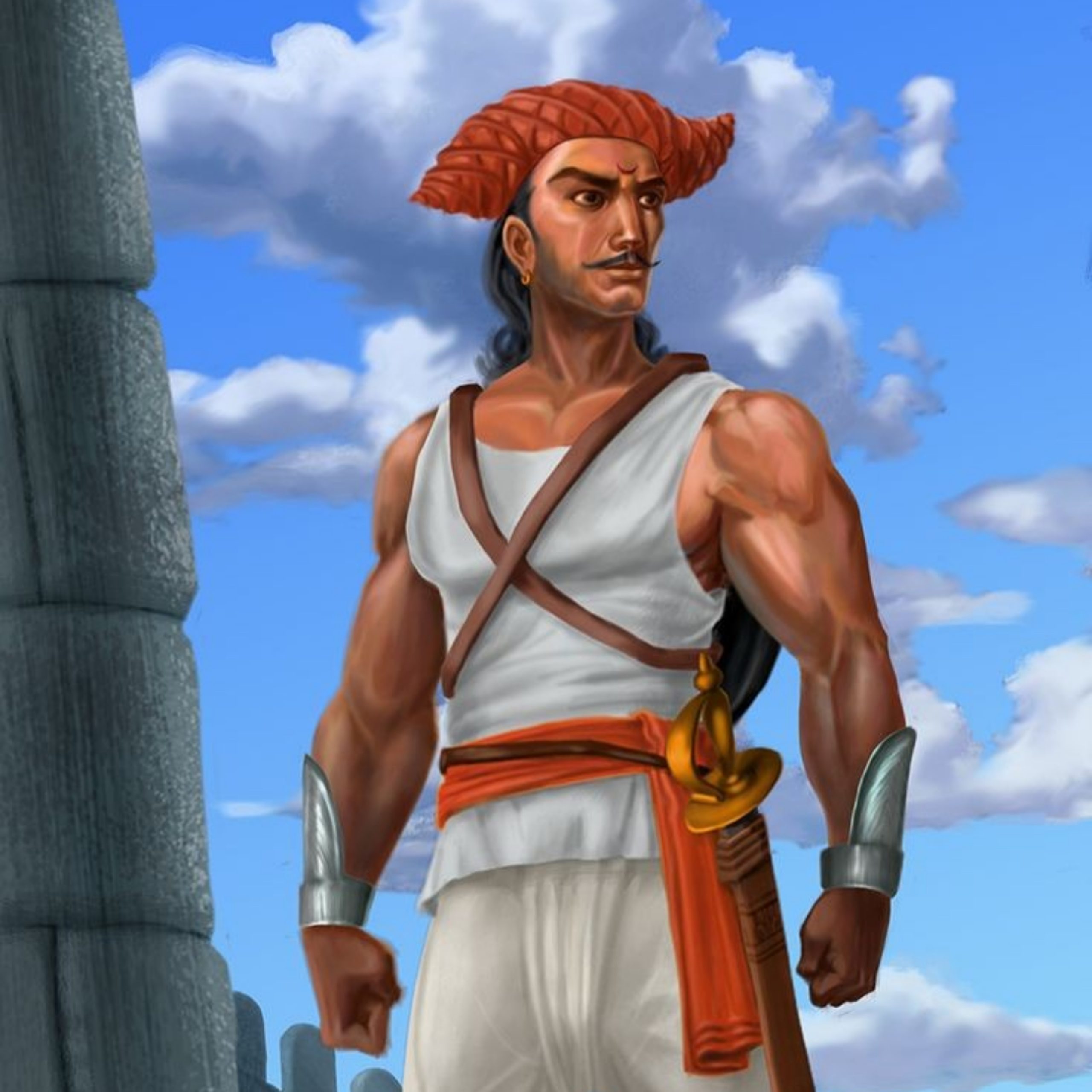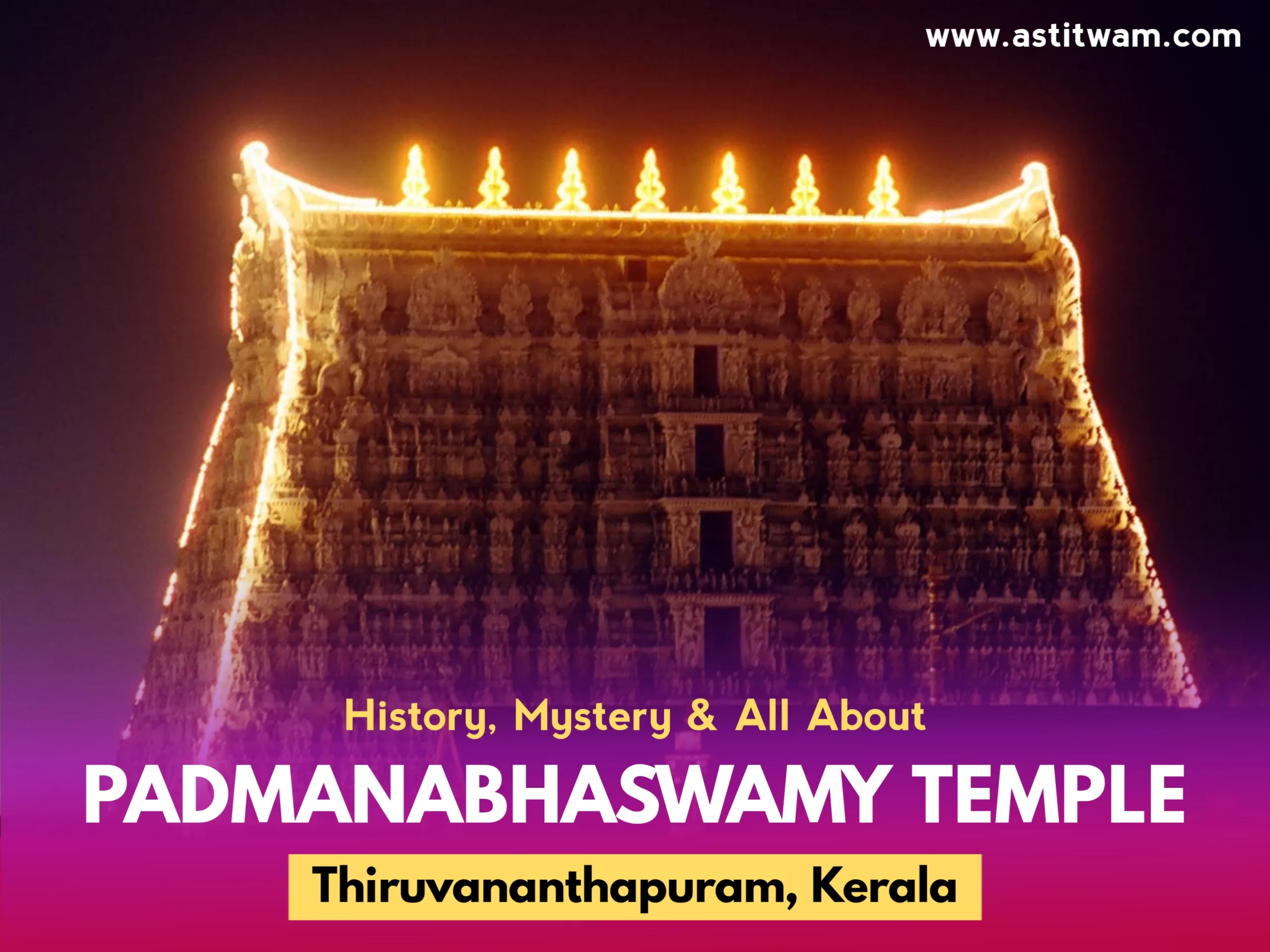Jagran-Gondhal: A Way of Connecting with the Divine

Introduction:
Jagran-Gondhal is a folk art in Maharashtra that combines singing, dancing, and storytelling. It is a popular form of entertainment in rural areas, and it is often performed during festivals and religious ceremonies.

The word “Jagran” means “vigil” or “wakefulness,” and it refers to the fact that Jagran-Gondhal performances are often held late into the night. The word “gondhal” refers to a type of folk dance that is performed during Jagran-Gondhal.
History
The origins of Jagran-Gondhal are unclear, but it is thought to have originated in the 16th or 17th century. The art form is closely associated with the Bhakti movement, which was a religious reform movement that spread through Maharashtra in the 16th and 17th centuries.
The Bhakti movement emphasized the importance of personal devotion to God, and it often used folk art forms like Jagran-Gondhal to spread its message. Jagran-Gondhal performances often feature songs and stories about Hindu deities, and they can be seen as a way of connecting with the divine.
Performance:
Jagran-Gondhal performances typically take place at night, and they can last for several hours. The performances are usually held in a large open space, and they can involve hundreds of people.
The performances typically begin with a group of singers called “Gondhali” who sing devotional songs. The songs are often accompanied by a variety of instruments, including the tabla, the dholak, and the harmonium.

After the singers have performed, a group of dancers called “Gondhali” perform a series of folk dances. The dances are often energetic and acrobatic, and they can be quite entertaining.
The performances often conclude with a story-telling session. The storyteller, who is called a “Gondhali,” tells stories about Hindu deities or folk heroes. The stories are often moralistic in nature, and they can be seen as a way of teaching traditional values.
In addition to the above, here are some other interesting facts about Jagran-Gondhal:
- The songs and dances that are performed during Jagran-Gondhal are often improvised, which makes each performance unique.
- The costumes that are worn by the performers are often colorful and elaborate.

- Jagran-Gondhal is not only performed in Maharashtra but it is also found in other parts of India, such as Gujarat and Rajasthan.
- Jagran-Gondhal is a living tradition, and it is constantly evolving. New songs and dances are being created all the time, and the art form is adapting to the changing times.
Significance:
Jagran-Gondhal is an important part of the cultural heritage of Maharashtra. The art form is a way of preserving traditional values, and it is also a way of connecting with the divine. Jagran-Gondhal performances are often held during festivals and religious ceremonies, and they provide a way for people to come together and celebrate their shared culture.
Conclusion:

Jagran-Gondhal is a vibrant and dynamic folk art form that is still popular in Maharashtra today. The art form is a way of preserving traditional values, and it is also a way of connecting with the divine. Jagran-Gondhal performances are often held during festivals and religious ceremonies, and they provide a way for people to come together and celebrate their shared culture.




